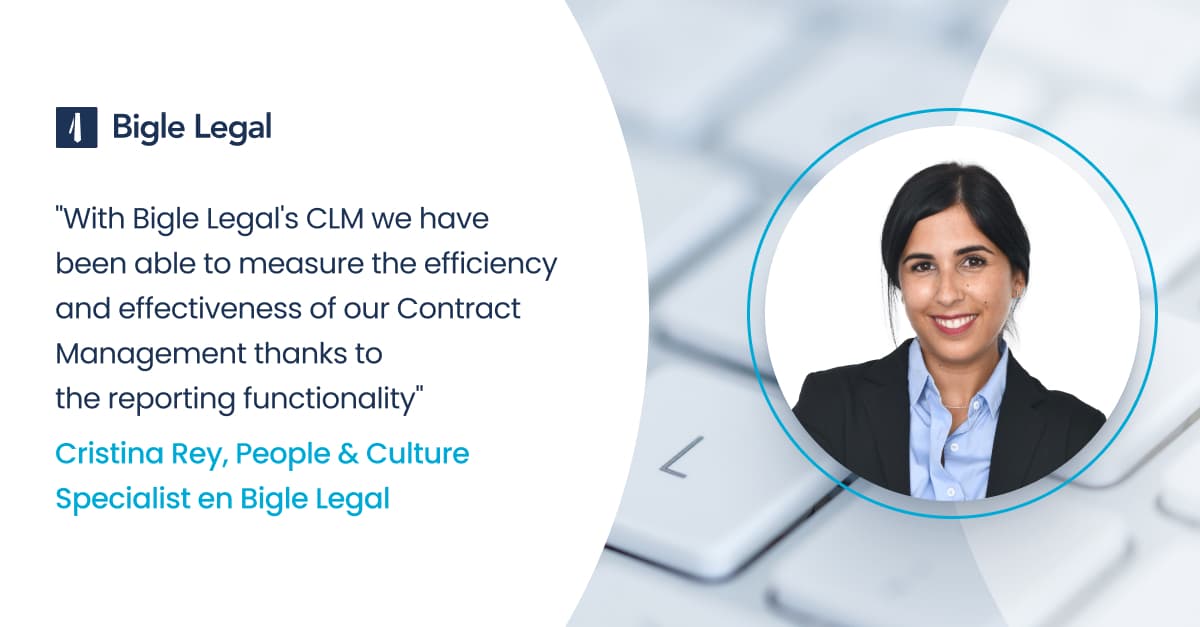How innovation enables the legal area to focus on the client
Innovating allows the lawyer to escape a loop of inefficiency, improve his client relationship and differentiate himself from the competition.
Innovation is a diamond for any industry, but the legal sector has traditionally been somewhat reticent about it. However, in-house lawyers can put their clients at the centre and offer them an effective and differentiated service compared to the competitors. If this is your case and you work as a lawyer in the legal department of a corporation, keep reading to find out why you should bet on innovation.

Knowing the client
"The client is always right" is a maxim repeated tirelessly repeated in commercial, sales, design and legal departments. The number and variety of clients that in-house lawyers advise is enormous, and they must understand the needs and requirements of each client down to the last millimetre. Knowing the client is essential, but so is showing yourself to be a professional who is close to them, who understands their needs and who is capable of satisfying them successfully.
The lawyer must convey to the client that he or she will deal with the client's matter in a seamless and expeditious manner. The lawyer must provide that fundamental security that the client needs to develop trust and confidence. But it is also all about the lawyer getting to know the client, understanding the client's needs and offering an appropriate solution.
Breaking out of the loop with innovation
Offering the client a reliable, efficient and timely solution is one of the keys to the lawyer's work. The client's experience with the lawyer is crucial to keep the company's wheels in motion. The in-house legal department takes on a very high strategic importance in the company as it is necessary for decision-making to move forward.
Therefore, the legal department's solution to the questions and needs of any department in the company will move the company forward in many of its key agreements.
However, today's pace is hectic, and lawyer is increasingly demanded by the company to meet its objectives, so meeting that client, whether internal or external, is becoming more and more complicated. How do we get out of this loop and give customers what they need, on time and with good quality? The answer lies in innovation.
How to innovate in the workplace?
Resorting to innovation when we have an inbox with hundreds of emails to review can seem complicated. Even so, just as the loop of lack of time and demanding deadlines set a negative dynamic, innovation allows us to break out of it and reverse its course. When processes are improved, thanks to innovation, the lawyer can escape time constraints and devote more time to each matter and, therefore, to the client.
Technology is adaptable and serves to help lawyers be more effective and make their work more attractive to their clients. While legal has sometimes been seen as the "no" team, the team that has to deal with urgent matters, thanks to innovation it has become the facilitating department, one of the most effective. In addition to saving the company money for each legal operation, investing in innovation not only removes the negative view of the legal department but changes it completely.
To innovate and take a step forward, the best thing a lawyer can do is to choose a technology that facilitates the work, to become familiar with innovation, which will be the key to customer satisfaction.
Satisfaction: an indispensable indicator
Once the path of innovation has been chosen, in addition to reversing the mentioned loop, it will be possible to strengthen a key measure for the lawyer's confidence in his or her firm will be strengthened: satisfaction. A customer who is happy with what they receive provides value that goes beyond a thank you. They are likely to come back to us if they are satisfied and we have provided effective service.
In the case of innovation, showing yourself as a lawyer offering an innovative solution for your clients is, to begin with, a form of differentiation like few others, but, in the long run, a method of improving your ties with the client, be it other firms or other departments.
 By
By


.webp)